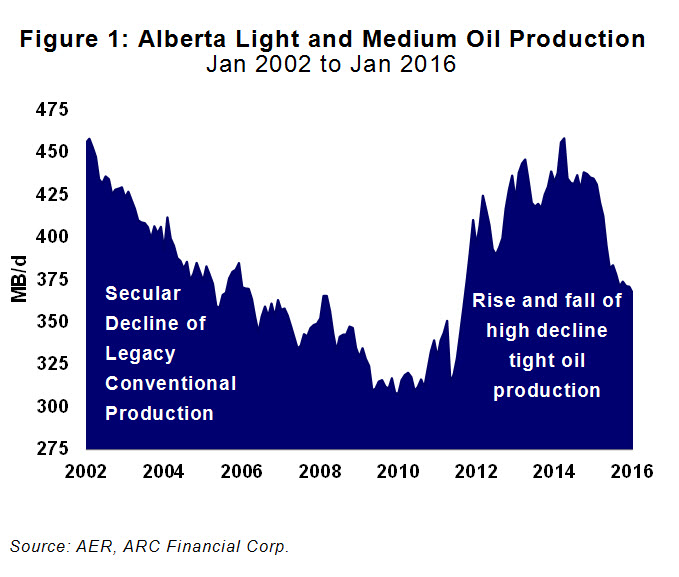Commentary – Freeze or Not: Oil Markets will Balance
Someone asked me yesterday, “Why didn’t Alberta send someone to the Doha meetings?”
I resisted the temptation to reply with a dismissive comment. It was a silly question, but I had to admit that I wouldn’t have minded being a fly on the wall at the proceedings. The spectacle was mostly a hopeless effort in trying to make “team players” out of a group of people that generally distrust each other.
Is the world really relying on these guys to determine the fate of a supply system that’s vital to our world’s economy?
Thankfully the wiser market is sorting things out on its own, painful as it is.
“We didn’t need to go and sign an ineffective communiqué at Doha,” I replied. “Alberta has already announced that 17 oil sands projects have been axed, and on top of that we’re leading the way on reducing our conventional oil output.”
We’re walking the walk without any talk. Lagged data to the end of January shows that Alberta’s light and medium oil production is down 91,000 barrels a day since it peaked in April of 2014, a 20% decline. And while oil sands production is still growing, a lack of new projects on the horizon means that the pace of growth will grind to a halt beyond the next few years. Alberta is a real-time laboratory, the proverbial canary in the coalmine for production trends. American production is also on its way down in meaningful quantities; consensus views suggest that pumpjacks will be short anywhere between 600,000 and 1,000,000 barrels per day by the end of this year.
Any notion of a production freeze at this point is moot, because what’s already frozen is capital spending. Without spending, output starts to melt away. And at $40/B corporate (and state) wallets are in a cryogenic chamber. As such, production declines are already taking root in many oilfields around the world, including in countries that were present at last weekend’s Doha conference. Does anyone really believe Venezuela has to sign a piece of paper that says that they will limit their output?
Over the next couple of months the lagged data will come in and we’ll be hearing more about oil production declines around the world – 50,000 barrels a day here, 125,000 there. Add up all the empty barrels and it will soon be the equivalent of shutting down some big oilfields. Why should we be surprised? When price goes down producers eventually produce less.
Yes, we know there are some rusty valves that can be thrown open here and there, representing the last big drops of any spare capacity that can be squeezed out of the world’s pipes to fight this prolonged, emotional price war. But we’re at the margins of spare capacity now. Having a meeting to squabble over how to reign in a paltry one million barrels of oil a day is like talking about a tree in a forest of excessive consumption.
Speaking of forests, the moose in the room is the world’s 96 million barrels-a-day addiction to oil, heading unchecked toward 100 million a day. Recently, low oil prices have started a new round of consumption growth that will surely exceed expectations. Last week, the news was out that India broke through a record 4 million barrels a day of oil demand at the end of last year. Closer to home, American drivers are expected to shatter all driving records, including SUV sales and gasoline consumption this summer. But again, why should we be surprised? When price goes down people buy more stuff.
All this says is that oil markets are leading the way to price recovery more efficiently than any collection of self-interested leaders trying to paper up a flimsy deal to limit production that’s already headed south.
We know that in Alberta. We didn’t need to go to a “freeze” meeting. We are used to freezing, we have forests and moose too. So when it comes to oil economics, it’s easier for us to recognize the big trends – easier to see the forest for the trees.




